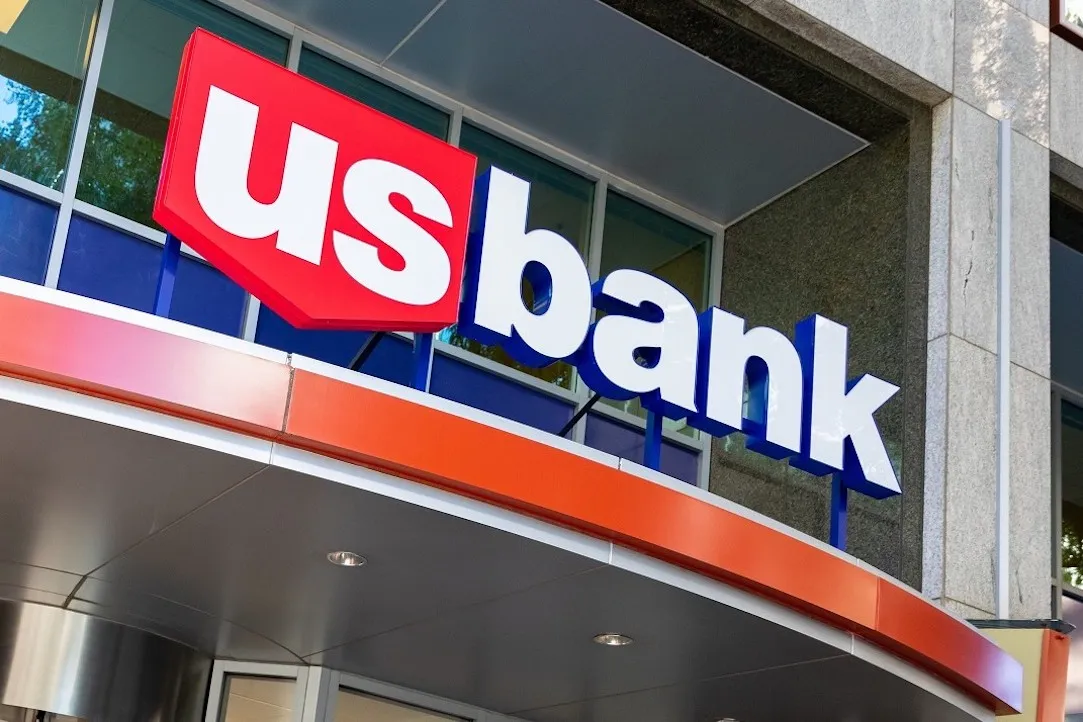Just a month ago, regional banks' future looked seriously in doubt, leading investors to breathe a sigh of relief following the opening days of the first-quarter earnings season.
In the group as a whole, one of the headliner banks is Western Alliance, which reported on Tuesday that it has had an 11% decline in deposits in the first quarter, dropping from $47.6 billion to $47.1 billion, but that the trend has reversed with deposits increasing by $2 billion in the first two weeks of April. As a result of the company's earnings report, the stock surged by 17% on Wednesday after it had fallen about 45% since the beginning of the year.
A wave of withdrawals last March led to the failure of Silicon Valley Bank and Signature Bank as a result of a wave of deposits flowing into the banks. This suggests that business and individual customers are becoming more comfortable with banks after the withdrawals.
The management seems to have lost control of the situation. In a note to clients about Western Alliance's report, Bank of America analyst Ebrahim Poonawala wrote that the financial group has stabilized the liquidity stress that it experienced after SVB failed.
A Reuters article reported that Timur Braziler, a Wells Fargo analyst, said in a note that Western Alliance does not face any existential risk, and that sentiment could be extended to a large portion of the group as a whole in the near future.
In addition to Western Alliance, Wedbush added Regions Financial, M&T Bank, and New York Community Bancorp to its list of best ideas. There was only a modest decline in deposits in the first quarter according to early reports from the biggest regional banks.
Regional bank deposit changes for the first quarter
- Western Alliance
- Us Bancorp
- Citizens Financial Group
- M&T Bank
- First Horizon Corp.
The nearly $20 billion deposit decline at US Bancorp, one of the larger regional banks, caught some analysts off guard. However, US Bancorp still has over $500 billion in deposits. Last year, US Bancorp acquired MUFG Union Bank, which accounted for more than half of the decline.
Before it was seized by regulators, the much smaller SVB suffered withdrawals of over $40 billion in one day.
A few smaller banks, such as United Community Banks and Pinnacle Financial Partners, reported growing deposits during the first quarter. A larger deposit base was also reported by Synchrony, a consumer finance company.
Perspectives over the long term
Even so, the stabilized funding may not be enough to keep regional banks competitive with their larger competitors, which are safer and more diversified.
According to Strategas partner Chris Verrone in a note to clients on Wednesday morning, "We are struck by the dichotomy that exists between the big banks and the smaller banks... the former has stabilized after JPMorgan's earnings, while the latter continues to plummet to new lows," the partnership said.
Financial institutions' profit margins are being squeezed by a shift away from interest-bearing accounts, even if deposits stabilize. Net interest income growth, for example, has been lowered from 11%-14% to 5%-7% at Citizens Financial.
Stocks could also be held back by these banks' loan books. Regional banks could face credit losses in the coming months due to a potential recession, which is particularly concerning for investors with exposure to commercial real estate.
There is still one big hurdle for regionals to overcome during this earnings season. On Monday, April 24, First Republic will announce its results, following large banks filling its deposit base last month.

Subscribe to our newsletter!
As a leading independent research provider, TradeAlgo keeps you connected from anywhere.








